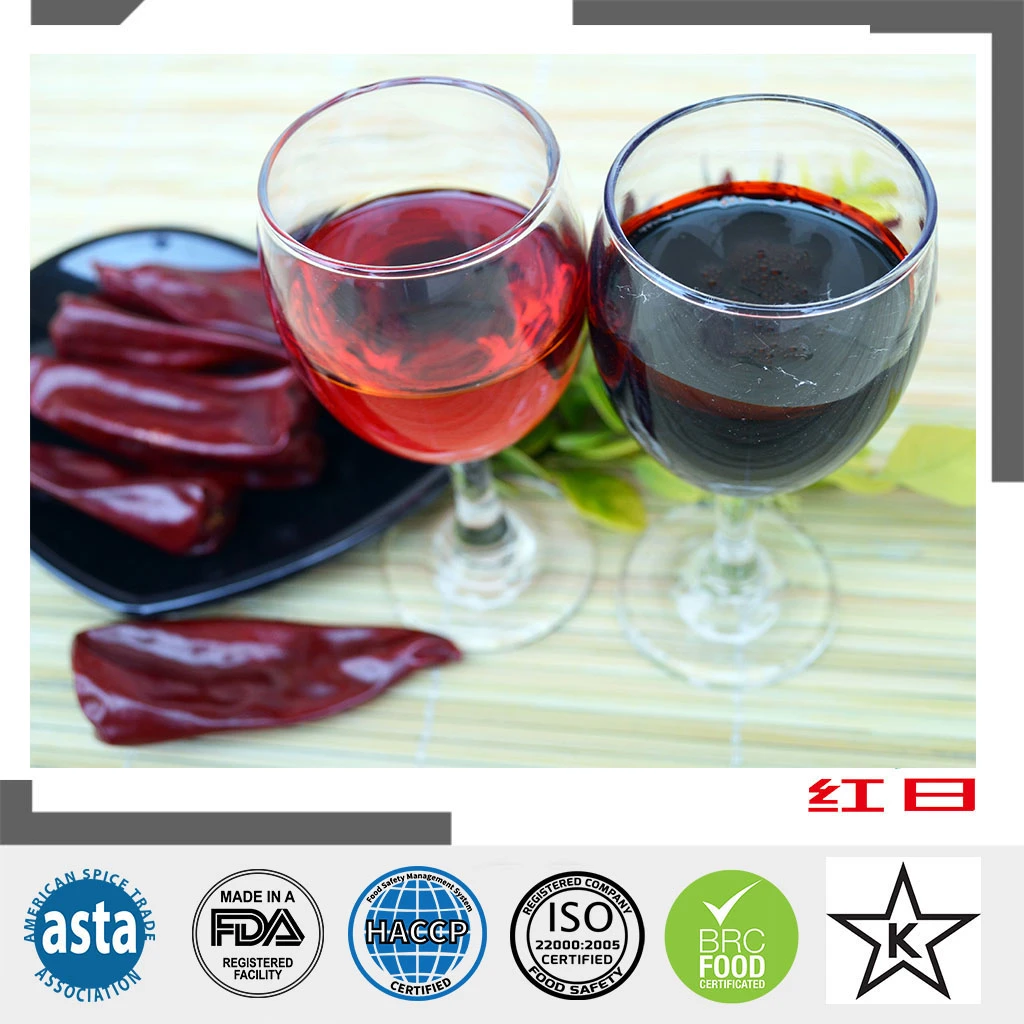- No. 268 Xianghe Street, Economic Development Zone of Xingtai city, Hebei 054001 China
- Byron@hbhongri.cn
chinese chilli powder
The Versatility of Chinese Chilli Powder
Chinese chilli powder, a staple in many kitchens, offers an adventurous and vibrant way to elevate the flavor profile of various dishes. This spice is not only rich in flavor but also boasts numerous health benefits, making it a valuable addition to any culinary repertoire. In this article, we will explore the origins, uses, and advantages of incorporating Chinese chilli powder into your cooking.
Origins of Chinese Chilli Powder
Chilli peppers have a long and storied history in Chinese cuisine. Originally introduced to China in the 16th century from the Americas, these vibrant peppers quickly made their mark, becoming integrated into local culinary practices. Chinese chilli powder is cultivated primarily from two types of peppers the dried red chili and the Sichuan pepper. The dried red chili provides the heat typically associated with chilli powder, while Sichuan pepper adds a distinctive floral and numbing quality that is essential in various regional dishes, especially from Sichuan province.
Varieties of Chinese Chilli Powder
While many people are familiar with the generic term chilli powder, it is important to note that there are several varieties, each with its own unique flavor profile. One common type is Doubanjiang, a fermented chilli paste made with broad beans, soybeans, and spices. Another well-known form is Chili Flakes, which are often used as a condiment to add heat to dishes. Sichuan chilli powder, which combines ground dried chilis and Sichuan peppercorns, is integral to authentic Sichuan cuisine, known for its bold flavors and complex heat.
Culinary Uses
chinese chilli powder

The versatility of Chinese chilli powder is evident in how it can be incorporated into a wide array of dishes. From stir-fries to marinades and soups, this spice can easily transform a mundane meal into an extraordinary feast. It is often added to hot pot broths, stir-fried vegetables, and even dumpling fillings for that extra kick. Additionally, it can serve as a finishing spice, allowing chefs to control the heat level and enhance the dish's aromatic qualities.
One popular dish that prominently features Chinese chilli powder is Kung Pao Chicken, where the heat from the chillies melds beautifully with the sweetness of the sauce and the crunchiness of peanuts. Similarly, Ma Po Tofu relies heavily on Sichuan chilli powder to achieve its signature spicy and numbing flavor, making it a must-try for spice lovers.
Health Benefits
Beyond its culinary applications, Chinese chilli powder offers a range of health benefits. The active component in chilli powder, capsaicin, is known for its metabolism-boosting properties. Studies have shown that capsaicin can aid in weight loss by increasing the body's calorie-burning rate. Furthermore, chilli powder may help reduce inflammation and improve heart health by promoting better blood circulation.
In addition to its physical benefits, the consumption of spicy foods like those seasoned with chili powder can also enhance mood. Spicy foods stimulate the release of endorphins, which are natural mood lifters. Incorporating Chinese chilli powder into your meals could not only tantalize your taste buds but also create a sense of well-being.
Conclusion
Chinese chilli powder is much more than just a condiment; it is a versatile ingredient that brings depth and excitement to countless dishes. Whether you are cooking traditional Chinese meals or experimenting with fusion cuisine, this spice can help you achieve balance and flavor in any recipe. Exploring the different varieties and their unique characteristics could open up new culinary experiences that enhance your kitchen adventures. So the next time you reach for that jar of chilli powder, remember that it carries the rich heritage and vibrant essence of Chinese culinary traditions. Embrace the heat and elevate your dishes!







